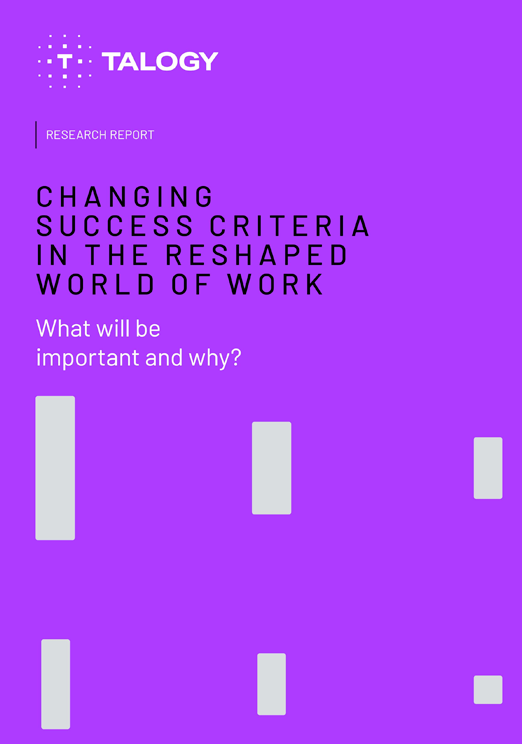If you’re a business traveler in Japan, a tourist, or simply a railway aficionado, you may be excited about the recent debut of that country’s new high-speed bullet train, the Hokkaido Shinkansen. This latest addition to the Shinkansen rail network is a biggie: For the first time ever, you can travel direct from Tokyo to Japan’s northern island of Hokkaido by bullet train.
For those white-knuckle flyers who prefer being closer to the surface when traveling, the Hokkaido Shinkansen is a cause for celebration. The 513-mile trip takes roughly the same amount of time in the air as on the ground, about four hours once you factor in lengthy check-in times and security procedures at the local airports. Ticket prices are nearly identical as well, averaging $300 U.S. dollars for either mode of transport.
Adding this new line to the Shinkansen wasn’t cheap, costing Japan just under $5 billion. That’s no small investment, but in the modern age of business, faster is better. To keep up with the competition, you need to commit up front, not chase your tail.
Technology isn’t the only thing that must be faster; we also want employees to get up to speed at an accelerated rate. Many job postings now include so many prerequisites for employment that you almost have to have been in that job for 10 years already. Hiring managers shouldn’t complain about not being able to find qualified people when their job posting is built on a paradox.
A much better way to ensure success is to hire based on strong potential and then guide the person to top performance with an onboarding program. Think of an old steam locomotive gobbling up coal and billowing black smoke as it drags passenger coaches across the countryside at 25 miles per hour. Then think of the Hokkaido Shinkansen, getting you there seven times faster with far less energy expenditure and minimal environmental impact. That’s what onboarding does for you, your new hire, and your organization: It helps employees not only perform better and be more productive more quickly, it integrates them into your company culture and elevates their sense of job satisfaction.
In keeping with today’s theme, here’s the short version: Onboarding involves assessing a new hire’s strengths, limitations, and motivations relative to the job; customizing a developmental action plan; and following a consultant-guided coaching process for the manager and the employee.
Like high-speed rail, onboarding requires an investment up front, but hardly anything scalable to $5 billion. Rather, imagine building a high-speed rail line for a fraction of the cost. It would be a no-brainer! Onboarding also delivers positive results at a price that most definitely falls into the “no-brainer” category, and it’ll pay for itself once you see your staff member engaged and producing quality work.
In other words (you knew this was coming), it’s time to get on board with onboarding.

